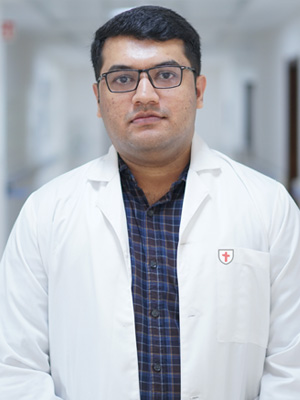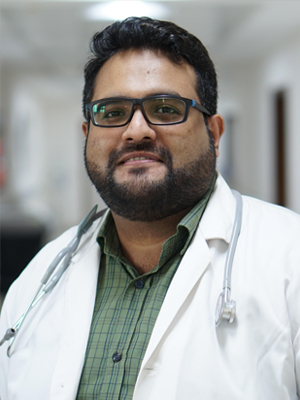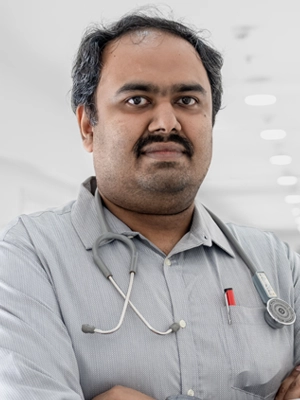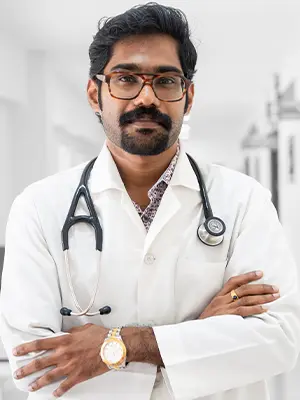Overview
Radio-Diagnosis is a branch of medical science, which focuses on the use of radiation, ultrasound, and magnetic resonance as diagnostic, therapeutic, and research tools in medical practice. The Department of Radio diagnosis plays an important and significant role in the overall health care and academic activities of the Institute.
We are a 24 hour service department that provides the following services round the clock : MRI, CT scan, ultrasonography including colour Doppler, mammography, digital and computerized radiography.
Our Cutting-Edge Services
MRI:
We are equipped with the state of the art 3 Tesla MRI machine. The magnetic field produced by our 3T MRI System yields exceptional anatomic detail. Thus, if a picture is worth a thousand words, the 3 Tesla MRI is an encyclopedia. The increased image clarity revealed by 3T is particularly beneficial for pathological conditions involving the brain, spine, and musculoskeletal system. The benefits of the 3T scanner are not confined to Magnetic Resonance Imaging. The increased spatial resolution of the 3T scanner allows for high-quality vascular imaging. Thus, 3 Tesla MR Angiogram studies may often supplant the need for invasive interventional catheter studies. Functional MRI is also being performed. The 3T machine maximizes patient comfort without compromising quality. This allows the health-care team to provide you with earlier diagnosis and treatment, subsequently leading to more positive outcomes.
CT Scan:
Since its introduction in the early 1970s, computed tomography (CT) has undergone tremendous improvements in terms of technology, performance and clinical applications. We are equipped with a 128 slice whole body CT scanner. CT has become an important tool in medical imaging to supplement X-rays and medical ultrasonography. It has more recently been used for preventive medicine or screening for disease, for example full-motion heart scans for people with high risk of heart disease. The improved resolution of CT has permitted the development of new investigations, which has many advantages. CT is used in medicine as a diagnostic tool and as a guide for interventional procedures.
Ultrasonography and Color Doppler:
We are equipped with two high end ultrasonography and colour Doppler machines besides portable ultrasonography for bedside use. Medical ultrasound (also known as diagnostic sonography or ultrasonography) is a diagnostic imaging technique based on the application of ultrasound. It is used to see internal body structures such as tendons, muscles, joints, vessels and internal organs. Its aim is often to find a source of a disease or to exclude any pathology. The practice of examining pregnant women using ultrasound is called obstetric ultrasound, and is widely used. Compared to other prominent methods of medical imaging, ultrasound has several advantages. It provides images in real-time, it is portable and can be brought to the bedside, it is substantially lower in cost, and it does not use harmful ionizing radiation. Ultrasonic colour Doppler is an imaging technique that combines anatomical information derived using ultrasonic pulse-echo techniques. The most common use of the technique is to image the movement of blood through the heart, arteries and veins.
Mammography:
Mammograms are x-ray exams of the breast. They are most often used to screen for breast cancer in women who have no symptoms. Mammograms and other breast imaging tests can also be used in women who have breast symptoms, such as a lump or pain, or who have a suspicious change seen on a screening mammogram.
Computerized and Digital Radiography:
Computed radiography (CR) uses very similar equipment to conventional radiography except that in place of a film to create the image, an imaging plate is used. The imaging plate is housed in a special cassette and placed under the body part or object to be examined and the x-ray exposure is made. Hence, instead of taking an exposed film into a darkroom for developing in chemical tanks or an automatic film processor, the imaging plate is run through a special laser scanner, or CR reader, that reads and digitizes the image. The digital image can then be viewed and enhanced using software. Image acquisition is much faster. Ever growing technology makes the CR more affordable than ever today.
Digital radiography is a form of X-ray imaging, where digital X-ray sensors are used instead of traditional photographic film. Advantages include time efficiency through bypassing chemical processing and the ability to digitally transfer and enhance images. Digital Radiography is replacement of the former analog methods of detection, with the almost instantaneous development of images on a digital display, instead of the former methods of film and the associated delay in time and chemistry consumption.
A Holistic Approach to Your Well-Being
At Believers Hospital, our commitment extends beyond diagnosis. We strive to create an environment where clarity meets compassion, where cutting-edge technology intertwines seamlessly with patient care. Your health journey with us is characterized by precision, comfort, and positive outcomes.
Specialists
News & Events












